Recommendation points
- What is a vapor barrier for?
- Vapor barrier properties and characteristics
- Features of mounting a vapor barrier
- Vapor barrier application
In this article we will tell you about the purpose and types of vapor barrier. You will learn about the basic rules for the selection and installation of this material, about how they differ and how to choose the right vapor protection for a specific area. The article contains a training video and a comparison table with prices.
The name of this material – vapor barrier or vapor barrier – is found in every installation manual and instructions for the insulation. Its purpose is intuitively clear – protection from steam. But if we look more broadly, we come to the conclusion that steam is moisture mixed with air. Can a vapor barrier be called waterproofing? What is the difference between them, let’s figure it out together.
Yes, indeed, a material with almost identical properties performs different functions and different jobs. Hence the difference in purpose of barriers:
- Waterproofing – prevents the penetration of organized water particles (droplets) that have surface tension.
- Vapor barrier – stops moisture vapor mixed with indoor air.
In this case, theoretically, the same material can be used for these functions. In this article, we will look at the vapor barrier function.
What is a vapor barrier for?
This barrier prevents moisture and soaking of the insulation from the heated moisture-saturated vapors that form inside the room. This is an important point, especially in the attic, bathrooms and kitchens. Imperceptible moistening of the insulation occurs quite quickly – within a year the mineral wool loses up to 10% of its heat-insulating properties (in the absence of protection).
More developed types of vapor barrier – membranes – constantly work, removing moisture from the insulation.
Question:How moisture gets into a properly organized roofing cake?
Answer:This is due to the place of temperature difference inside the insulation layer. As you know, this leads to the formation of condensation. Tightness cannot be maintained during construction, therefore, the method of steam removal and ventilation is used.
The second, auxiliary function of the barrier film is blocking the degradation products of the insulation. Even very high-quality basalt wool dries up over time and dusty residues with large particles are formed. This process is especially noticeable on vertically laid slabs. This dust is harmful to human health. The vapor barrier film 100% blocks harmful dust, preventing it from entering the room.
Vapor barrier properties and characteristics
The vapor barrier cloth is produced in a huge assortment by many companies and differs in the principle of operation:
- Impenetrable barrier. Completely blocks moisture from both sides. Most often it is ordinary or reinforced polyethylene.
- Semi-permeable barrier. Blocks the passage of moisture to one side. Such a canvas has the property of hygroscopicity and is laid in such a way as to remove moisture from the insulation inside the room.
The permeability properties are achieved due to micro-perforation as well as the hairiness of the coating on one side. This coating draws moisture away from the cotton wool and transfers it through the perforations to the smooth side. When it comes to the most effective barriers – diffusion membranes – they are divided according to their conductivity:
- Conditionally conductive – up to 300 g / m22 per day.
- Conductive – from 300 to 1000 mg / m2 per day.
- Superconductive – more than 1000 mg / m2 per day.
The effect of moisture conductivity is also called diffusion; therefore, the term “diffusion” or “superdiffusion” is often used to address membranes..
Another category of vapor barrier is a film with energy-saving properties. In turn, they are divided into two conditional categories:
- Metallized films. The finest steel dust is included in the smooth part of the coating. This reduces the thermal conductivity of the material..
- Foil films. Foil applied to the membrane surface reflects radiant (infrared) heat and returns it to the room.
The film is laid immediately on top of the insulation, which is located between the logs, racks or rafters. The inclined planes are first hemmed with threads (nailed with a stapler to the racks or rafters), then the film is laid and hemmed with a transverse or longitudinal pressure bar. This block is the key to all meaningful work of the permeable vapor barrier. It creates the air necessary to remove condensate removed from the insulation.
Attention! Whichever type of vapor barrier you decide to use, a ventilation gap of 20-60 mm is required.
As a rule, on the packaging of modern high-quality film there are instructions in the drawings on which side of the insulation the canvas should be mounted. Often the sides have different colors.
Features of mounting a vapor barrier
The main requirement for the internal barrier is tightness. Therefore, during installation, you should be careful and accurate, follow the instructions. Here are some important points:
- The overlap of the canvases is at least 50 mm.
- The joints must be glued. Use special glue, sealant, industrial (!) Double-sided tape, metallized tape, special adhesive tapes that are sold together with vapor barriers. Do not use regular stationery tape, duct tape, household and office adhesives.
- Do not use cheap thin polyethylene – during installation and work, it will simply stretch and tear.
- Avoid layered overlaps and folds. This may complicate further installation of the battens..
Observing these simple rules, as well as following the instructions, you can properly arrange a vapor barrier and protect the insulation.
Question:Where does the moisture removed inside the room (air) go?
Answer:Saturated steam penetrates through the interior decoration back into the room and is removed by ventilation. During normal operation of the roofing (or wall) cake, this process is invisible and safe for finishing materials..
The original video of the installation of the vapor barrier
Vapor barrier application
Many different combinations of properties guarantee reliable performance in different conditions.
Conventional blocking films – polyethylene (reinforced) – used in areas with a mild climate, without sudden changes in temperature. It is also suitable for a thin layer of insulation (50-100 mm), coupled with a superdiffusion membrane on the outside. The membrane will quite cope with the removal of steam from the insulation.
Diffusion and superdiffusion membranes used on both sides if the insulation thickness is more than 150 mm. This is true in frame houses and residential attics of houses with a humid climate..
Heat reflective films suitable for cold areas – they complement the insulation.
Heat-reflecting superdiffusion membranes – the most developed type of vapor barrier and is designed for harsh conditions (high humidity and low temperature): northern sea cities, the Far North, Taiga.
Vapor barrier prices
Name Manufacturer Main Indicator Roll size, m2 Unit price, cu e. Price 1 m2, at. e. Technical polyethylene film “Polyplast”, Russia Thickness 80 microns 300 18 0.06 Polyethylene film TechnoNIKOL, Russia Thickness 100 microns 200 22 0.11 Spunlight B vapor barrier “SPUNLIGHT”, Russia Water vapor permeability 400-500 g / m2 60 12 0.2 Izospan V Isospan, Russia Water vapor permeability 500 g / m2, density 92 g / m2 50 11.5 0.23 Reinforced water vapor barrier Optima D, Russia Density 140 g / m2 70 20 0.28 Stroizol SM “Stroizol”, Russia Water vapor permeability over 1000 g / m2 70 23 0.32 Izospan FD reflective vapor barrier Isospan, Russia Water vapor permeability 500 g / m2, density 92 g / m2, foil reflector thirty eleven 0.36 Reinforced film Polinet, Russia Density 120 g / m2 50 18.5 0.37 Reinforced film Megaflex, Russia Density 110 g / m2 50 23 0.46 Diffusion membrane Solid Tyvek, France Water vapor permeability over 1000 g / m2 50 61 1,2 ISOVER Sauna ISOVER, EU Insulation + vapor barrier 100 mm 7.5 24 3.3

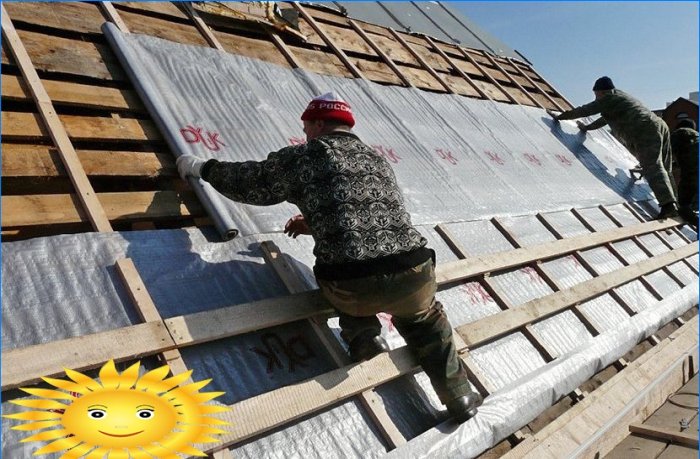
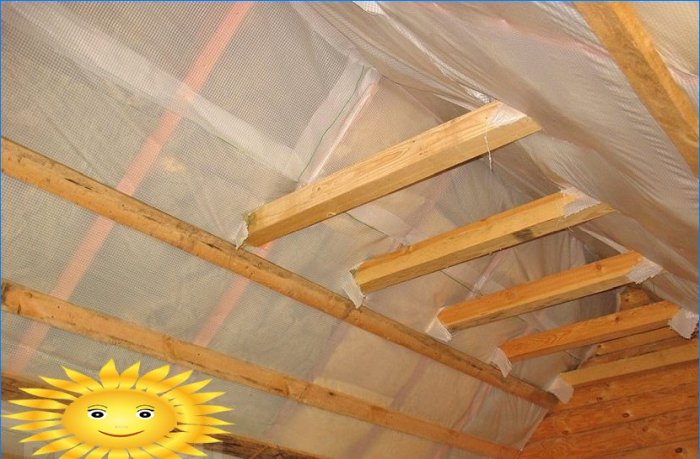
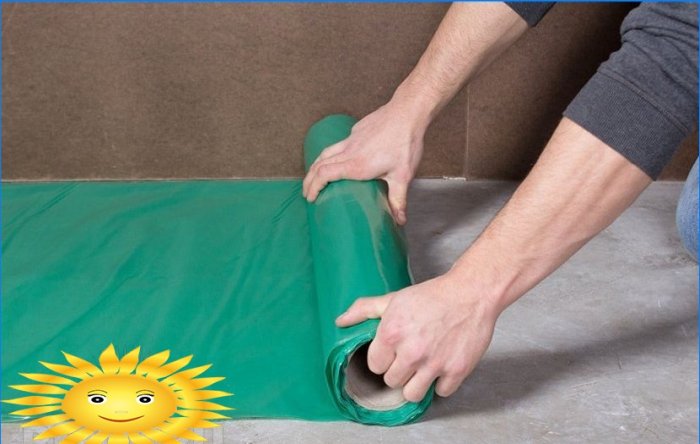
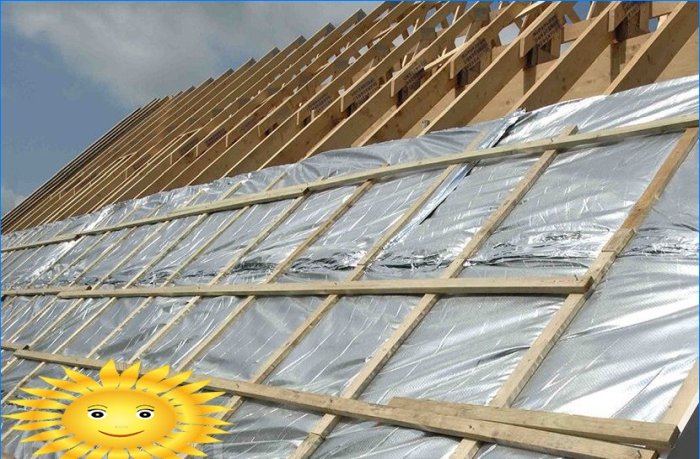
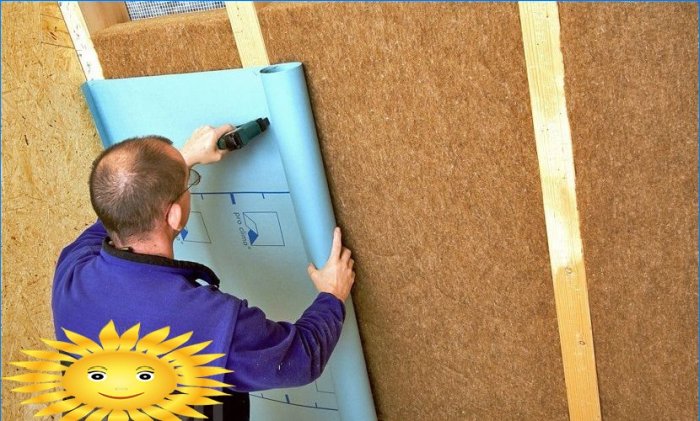
What are some factors to consider when deciding on the right insulation materials for a home’s vapor barrier?
When deciding on the right insulation materials for a home’s vapor barrier, several factors need to be considered. Firstly, the climate of the region where the home is located plays a crucial role. The insulation material should be able to withstand the weather conditions of the area and prevent moisture from seeping into the walls.
Secondly, the type of insulation material chosen should be compatible with the building structure. Factors such as the type of walls, ceilings, and floors will influence the selection of the vapor barrier insulation.
Additionally, the cost of the insulation material should be taken into account. It is important to find a balance between the cost and the effectiveness of the material in preventing moisture buildup.
Lastly, the insulation material should be easy to install and maintain. Consideration should be given to how long the material will last and how easy it will be to replace if needed. Overall, selecting the right insulation material for a home’s vapor barrier requires careful consideration of these factors to ensure the longevity and efficiency of the building structure.
When deciding on the right insulation materials for a home’s vapor barrier, there are several factors to consider. Firstly, the climate and location of the home play a crucial role in determining the type of insulation needed. For colder climates, a higher R-value insulation is recommended to prevent heat loss and condensation.
Additionally, the moisture level in the home should be taken into account when choosing vapor barrier materials. Materials with low permeability are ideal for homes with higher humidity levels to prevent moisture from entering the walls and causing damage.
The type of insulation material itself is also important. Common options include fiberglass, foam board, and spray foam insulation, each with its own pros and cons. It is essential to choose a material that is compatible with the chosen vapor barrier and that fits within the budget and timeframe of the project.
Lastly, consulting with a professional or doing thorough research on the best practices for insulation in your specific home’s situation can help ensure that the right materials are chosen for optimal energy efficiency and comfort.
What are some factors to consider when selecting insulation materials for a vapor barrier in my home?
What are some factors to consider when choosing insulation materials for a vapor barrier in my home?